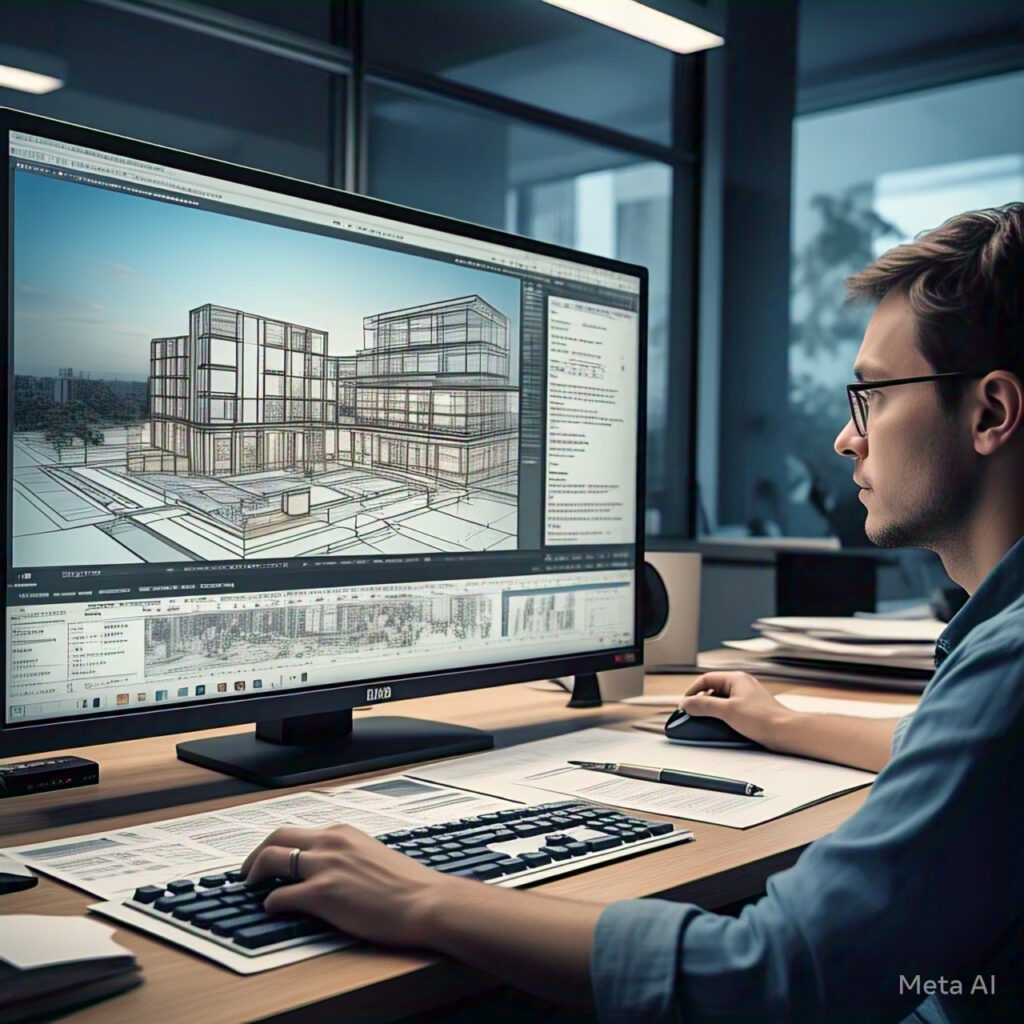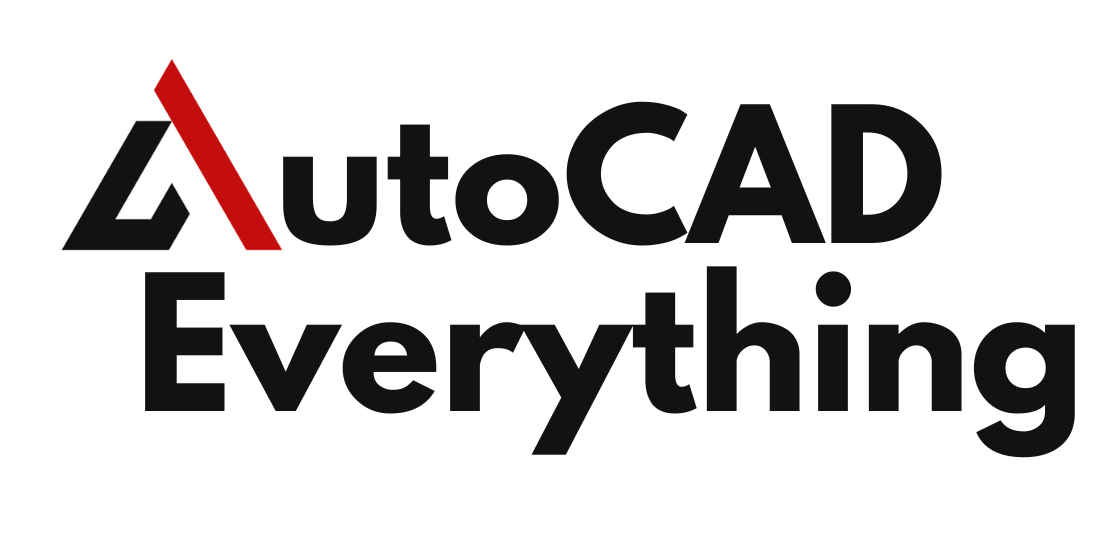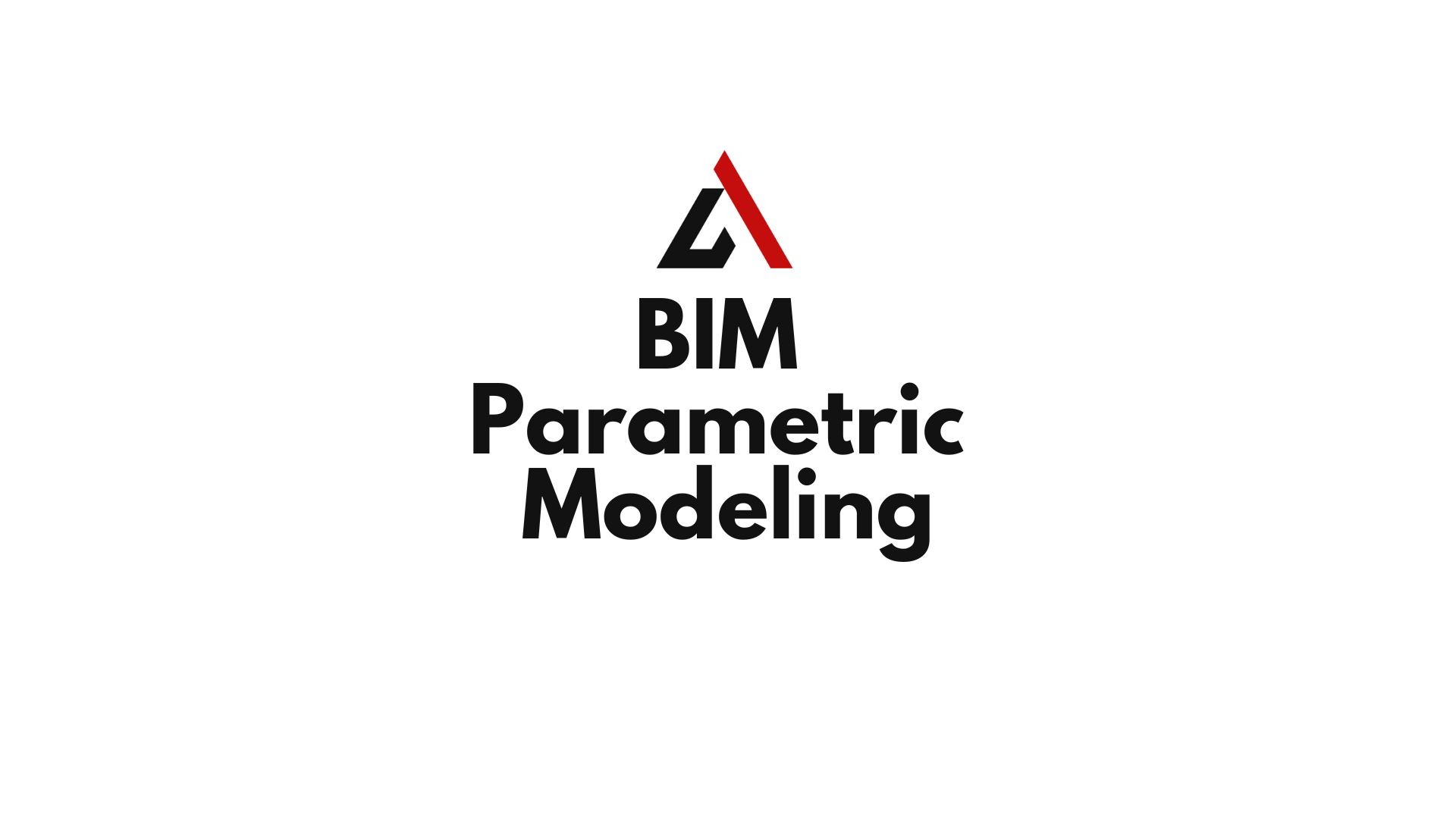Introduction to BIM Parametric Modeling
BIM parametric modeling is more than a buzzword—it’s the beating heart of modern design workflows. By integrating geometric flexibility with smart data relationships, parametric modeling in Building Information Modeling (BIM) has completely redefined how architects, engineers, and contractors approach design and construction.
At its core, parametric modeling allows you to define elements not just by their shape, but by rules, constraints, and parameters. The result? Models that are dynamic, adaptable, and more intelligent than ever before.
This shift from static to parametric means that if a window size, floor level, or even building footprint changes, everything else updates automatically—without redrawing or starting over. That’s the power of parametric BIM.
Table of Contents
Core Principles of Parametric Modeling in BIM
The magic of parametric modeling lies in its rules:
- Parameters: These are the variables—dimensions, materials, angles, counts—that define the element.
- Constraints: Rules that govern how elements relate to each other, like keeping doors aligned with walls or roofs sloped at fixed angles.
- Relationships: The links between different model components; change one, and the others respond accordingly.
By combining these elements, BIM tools can intelligently adapt designs instead of acting like a digital drafting board.

How Parametric Modeling Works in BIM Tools
Parametric BIM tools like Revit and ArchiCAD use “families” or intelligent objects that can be:
- Predefined (standard windows, doors, furniture)
- Custom created using formulas, constraints, and nested elements
Each element is treated as an object with properties like:
- Width, height, depth (geometry parameters)
- Materials and finishes (non-geometric)
- Cost, fire rating, manufacturer info (data-rich parameters)
For example, if you change the width of a cabinet, the doors, handles, and interior shelves will adjust—automatically.
Benefits of Parametric Modeling in BIM
Why is parametric modeling becoming a global standard?
- Flexibility: Make a change once, and it ripples through the model
- Speed: Automate repetitive tasks like placing components or updating views
- Accuracy: Reduce errors by eliminating manual updates
- Consistency: Maintain design logic and standards across teams and phases
- Scalability: Handle complex projects with hundreds of variations
Parametric design is a designer’s dream and an engineer’s safeguard.
Popular BIM Software with Parametric Capabilities
| Software | Parametric Features |
|---|---|
| Autodesk Revit | Families, constraints, formulas, shared parameters |
| Graphisoft ArchiCAD | GDL scripting for smart objects |
| Rhino + Grasshopper | Algorithmic modeling for complex geometries |
| Allplan | SmartParts and Python scripting |
| Tekla Structures | Parametric steel detailing and connection logic |
| Civil 3D | Corridor modeling, dynamic profiles |
| Vectorworks Architect | Marionette visual scripting for parametric design |
Each tool offers a unique flavor of parametric power, suited to different disciplines.
Applications of Parametric Modeling in Architecture
- Massing Models that respond to FAR, zoning, or daylight rules
- Adaptive Façades that morph with sun path or occupancy
- Interior Layouts that auto-update with room changes
Architects use parametric tools not only to model, but to explore hundreds of design options quickly.
Applications in Structural Engineering
Structural engineers rely on parametrics to:
- Generate dynamic truss systems
- Create responsive beams and columns based on span or load
- Validate design changes with automated reanalysis tools
Tools like Tekla and Revit Structure enable parametric rebar modeling and intelligent steel detailing.
Applications in MEP Modeling
In the MEP domain, parametric modeling drives:
- Auto-routing of ducts and pipes based on space and collision rules
- Smart equipment families that adjust dimensions and connectors
- Parametric schedules that auto-update with load or capacity changes
Revit MEP, in combination with Dynamo scripts, makes MEP coordination more logical and less laborious.
Real-Life Examples of Parametric Design Projects
- Heydar Aliyev Center (Zaha Hadid): Grasshopper-driven forms
- The BIG U, NYC: Parametric site planning for flood resilience
- Mediacite Shopping Mall (Liège, Belgium): Revit parametric shell structure
These projects show how flexible, beautiful, and performance-driven parametric BIM can be.
Parametric Modeling vs Traditional Modeling
| Aspect | Traditional Modeling | Parametric Modeling |
|---|---|---|
| Design Changes | Manual Updates | Auto-Adjustments |
| Repetition | High | Low |
| Data-Driven | No | Yes |
| Collaboration | Slower | Faster |
| Intelligence | Static | Smart |
Parametric modeling isn’t just smarter—it’s essential for modern AEC workflows.
Role of Formulas and Constraints
With formulas, you can control:
- Width = Height x 2
- Number of panels = Floor length / Panel width
- Cost = Area x Rate
Constraints like align, equal, lock, or fix enforce design rules visually. These tools allow you to build logic into design, not just geometry.
Integration with Computational Design Tools
Pairing BIM with computational tools takes parametrics to the next level:
- Dynamo (for Revit): Node-based automation
- Grasshopper (for Rhino): Algorithmic and generative forms
- Marionette (for Vectorworks): Visual logic flows
Together, they empower designers to test, simulate, and optimize ideas instantly.
Automation with Parametric Design
Using Dynamo or Python:
- Generate building layouts based on room counts and sizes
- Create sheets automatically with labeled views
- Simulate energy performance for different orientations
This means more time for creativity, less time for documentation.
Challenges in Parametric Modeling
- Complexity: Not all teams are trained in scripting or logic
- Rigidity: Over-constrained models may break
- Maintenance: Large families can become hard to manage
- Hardware demand: High model intelligence can slow performance
But with training and smart templates, these issues are surmountable.
Best Practices for Parametric Modeling
- Keep models modular and scalable
- Use meaningful parameter names
- Document formulas and rules
- Test with different values and inputs
- Follow BIM Execution Plans (BEPs) for shared workflows
Parametric Modeling for Sustainable Design
By linking parameters to:
- Solar radiation
- Material carbon footprints
- HVAC loads
You can create intelligent models that auto-adjust to minimize impact. Generative tools help optimize window sizes, orientations, and insulation levels.
How Parametric Modeling Supports BIM Standards
- LOD (Level of Detail/Development): Easily upgrade from schematic to detailed
- IFC & COBie Compliance: Include parameter metadata for handover
- ISO 19650 Workflows: Facilitate structured data sharing and automation
Interoperability with Other Design Platforms
Want to work across tools?
- Export from Revit to Rhino with geometry + parameters
- Import Grasshopper geometry into Revit using Rhino.Inside
- Use IFC to bridge Allplan and Tekla models
Parametric data is the common language of smart models.
Collaboration in Parametric Environments
With BIM 360 or Revit Cloud Worksharing:
- Multiple teams can edit parameters in real time
- Parameters help automate coordination checks
- Project teams can track revisions and manage change
This leads to fewer surprises on-site, more clarity in documentation.
Using Parametric Templates and Libraries
- Create adaptive components for reuse
- Use nested families to build modular systems
- Store in shared libraries with type catalogs for easy access
This ensures that every new project benefits from existing intelligence.
Future of Parametric Modeling in BIM
Expect to see:
- AI suggesting design alternatives
- Real-time parametric modeling with AR/VR
- Predictive modeling based on past data
- Generative agents building responsive structures automatically
The future is smart, connected, and data-rich.
Parametric Modeling for Infrastructure Design
- Use Civil 3D’s dynamic corridor modeling
- Model bridges and tunnels parametrically in InfraWorks
- Auto-adjust geometry to topography and geotechnical conditions
This improves accuracy and minimizes redesign in large-scale infrastructure.
Parametric Modeling in Urban Planning
- Auto-generate site layouts based on zoning rules
- Simulate density and daylight access
- Test compliance with regulations and FAR
This saves time in permitting and stakeholder approval.
Using BIM Parametric Modeling for Facility Management
After construction:
- Store equipment specs and maintenance data
- Use parameters for asset lifecycle tracking
- Automate space and usage reports
It becomes a live digital twin, not just a design tool.
FAQs about BIM Parametric Modeling
What is parametric modeling in BIM?
It’s a modeling method where elements are controlled by parameters and relationships, allowing smart, flexible design changes.
Which BIM tools offer parametric modeling?
Revit, ArchiCAD, Rhino + Grasshopper, Tekla, Allplan, Civil 3D.
Can you use formulas in Revit families?
Yes, Revit supports formulas to drive dimensional and behavioral parameters.
Is parametric modeling hard to learn?
It can be at first, but tools like Dynamo and Grasshopper make it more visual and intuitive.
What’s the difference between adaptive and parametric components?
Adaptive components respond to placement conditions, while parametric ones respond to parameter changes.
Can you automate MEP design using parametric tools?
Yes, Revit MEP and Dynamo allow auto-routing and clash avoidance.
Does parametric design slow down BIM models?
If not optimized, large parametric models can be heavy—but modular design mitigates this.
Is parametric modeling useful post-construction?
Absolutely—it supports asset tracking, maintenance, and space planning.
Can I export parametric models to IFC?
Yes, most BIM tools support exporting with embedded parameters.
What’s the future of parametric modeling?
AI-driven design, predictive modeling, and real-time collaboration in cloud environments.
Conclusion
BIM Parametric Modeling is no longer optional—it’s essential for precision, efficiency, and innovation in modern construction and design. It empowers professionals to go beyond static drawings and build intelligent, flexible systems that adapt to needs, constraints, and environments.
By embracing parametric modeling, AEC professionals don’t just model—they model smart.

